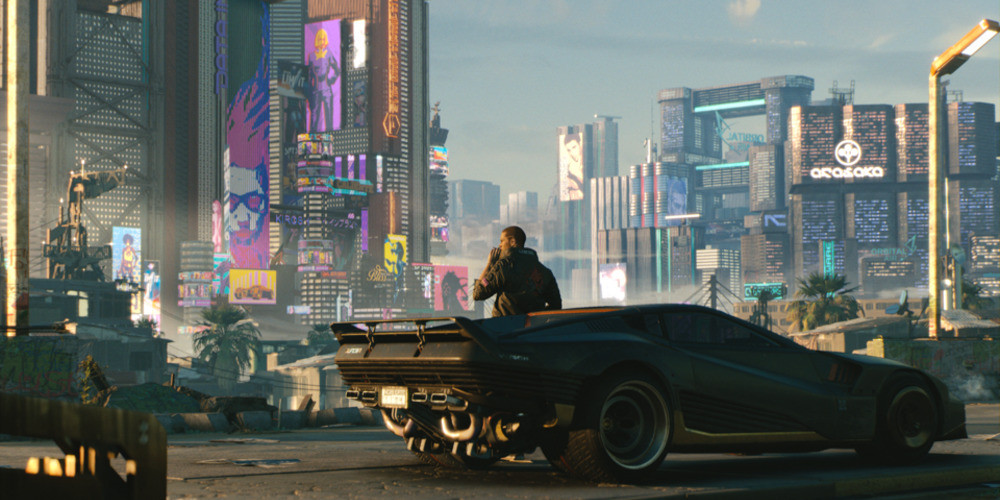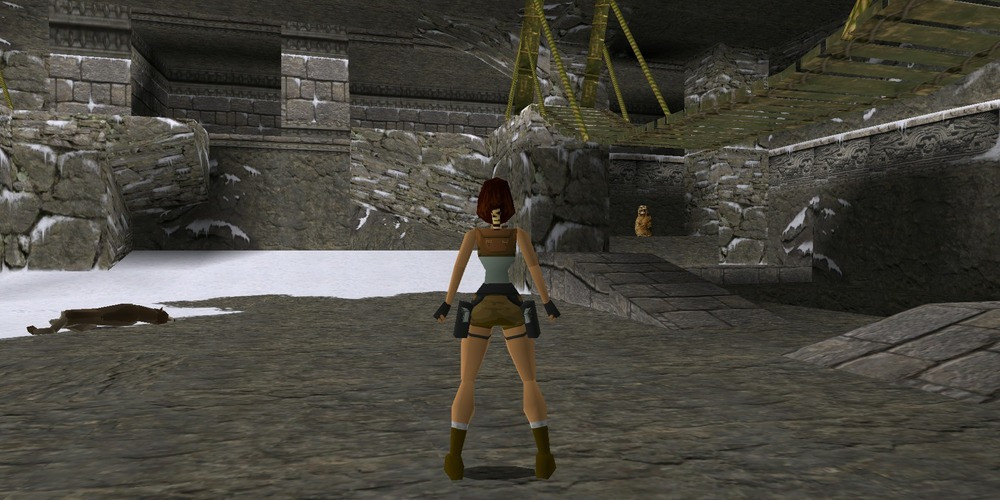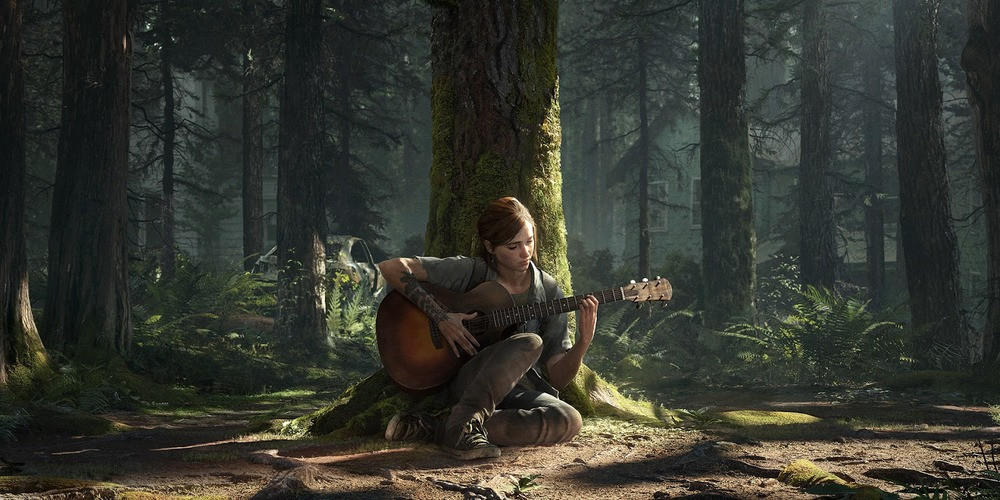From Blocky Beginnings to Lifelike Landscapes: The Dynamic Progression of Video Game Visuals

Video games have come a long way since the days of simple, blocky graphics and limited colors. The journey from the rudimentary visuals of the early arcade classics to the near-photorealistic environments of today's gaming experiences is a tale of technological triumph and creative vision. This transformation has not just redefined entertainment; it has catapulted video gaming into a leading form of multimedia art, captivating millions across the globe.
The Early Days: Pixels and Pong

The dawn of video game graphics can be traced back to games like "Pong" and "Space Invaders," where gameplay was king, and the visuals were little more than functional. Characters and objects comprised a handful of pixels, and the color palette was minimal. Despite these limitations, these games managed to create immersive experiences that enthralled players, setting the stage for the industry's explosive growth.
8-bit Era: The Rise of Character and Story

As technology advanced, the 8-bit era brought about iconic franchises such as "Super Mario Bros." and "The Legend of Zelda." The increased graphical capabilities of consoles like the Nintendo Entertainment System (NES) allowed for more detailed sprites and richer environments. This era is remembered fondly for its distinctive pixel art style and for fostering a deeper connection between players and the on-screen action.
3D Revolution: A New Dimension in Gaming

The 90s marked a significant leap with the advent of 3D graphics, spearheaded by consoles such as the PlayStation and Nintendo 64. Games like "Tomb Raider" and "Super Mario 64" introduced players to vast, explorable worlds. The ability to navigate in three dimensions was not just a visual enhancement but also a gameplay evolution, creating new genres and playing styles.
HD Gaming and Beyond: Sharpening the Image

The new millennium saw graphics take another leap forward with the introduction of High Definition (HD) gaming. The Xbox 360 and PlayStation 3 era presented games that featured detailed textures, complex lighting effects, and fluid animations. The visual fidelity of games like "Uncharted" and "Halo" began to rival that of animated films, further blurring the line between interactive and cinematic entertainment.
The Quest for Photorealism: Pushing Boundaries

Today, with the power of advanced GPUs and high-speed processing in consoles like the PlayStation 5 and Xbox Series X, video games are approaching photorealism. Ray tracing technology creates realistic lighting and reflections, while advanced animation techniques give life to characters that look and move almost like real humans. Games like "The Last of Us Part II" and "Cyberpunk 2077" showcase what's possible, offering players experiences that are as visually stunning as they are emotionally engaging.
The Future of Gaming Visuals
The evolution of video game graphics is a testament to human creativity and technological progress. What started as a few blocks on a screen has evolved into vast, interactive worlds that can evoke a wide range of emotions. As virtual and augmented reality technologies continue to develop, the future of gaming visuals promises to be even more immersive and indistinguishable from reality. This journey from the pixelated paths to the photorealistic panoramas of today is not just about aesthetic improvement; it's about the ongoing quest to create experiences that resonate with players on a deeper level.







Leave a comment
Your comment is awaiting moderation. We save your draft here
0 Comments